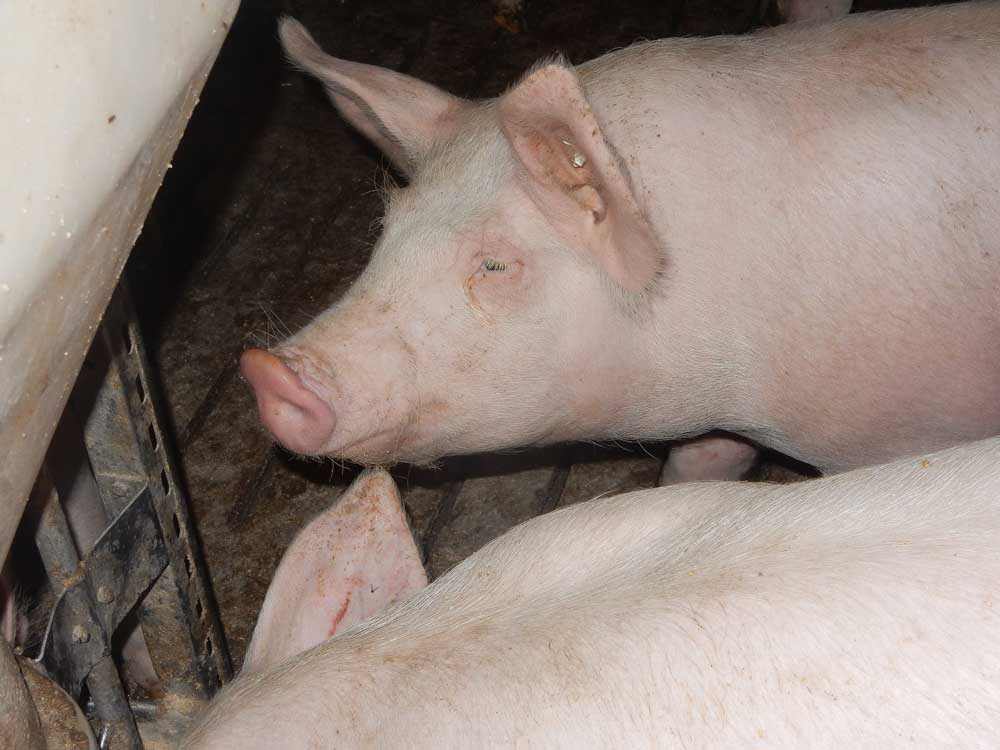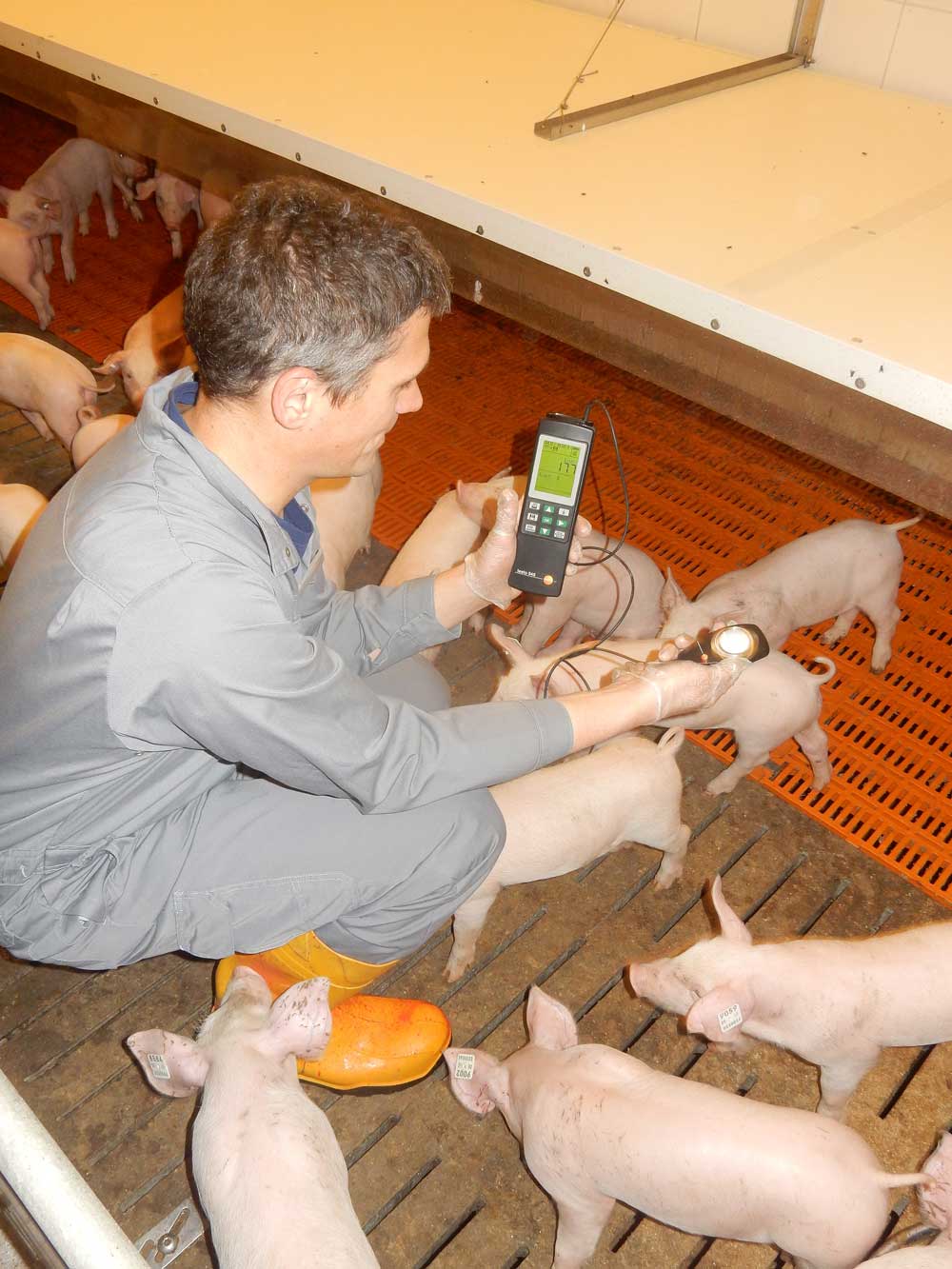Pig farmers focus on animal health and efficiency
By EPP (European Pig Producers)
Due to the global competition, in particular European pig production is subjected to an intensive structural change. An ever smaller number of farming operations farms ever larger areas or produces increasing amounts of pork. A degree of self-supply of 100% for pork has already been reached or far exceeded in many European countries. In these countries the meat is therefore produced for the world market and finds thankful customers in undersupplied countries.
Pig production in Europe changing
However, in particular China and Russia have set the goal of breaking free from net imports and establishing their own modern production chains (pig farming, slaughtering and processing) in their own country. In addition, a further professionalisation of Eastern European agriculture is also expected.
The general economic situation in agriculture as well as the situation of one's own farm is currently perceived as good by the farmers surveyed in Germany, Finland, Belgium, the Netherlands, Denmark, France and Switzerland. Expectations for the coming 12 to 36 months are, however, somewhat more cautious. The majority of pig farmers is planning the modernisation or optimisation of existing systems as opposed to the construction of new pens.
Pig farming is an important and significant industry in the global agricultural and food sector. A decisive factor for the increase in global demand for high-quality food in the past two decades was the demographic development.
- The current economic situation in agriculture is assessed as good.
- The focus is more on modernisation of existing systems than on new construction.
- More than 85 % of European pig farmers would still like to be working full time as farmers in ten years.
Increased efficiency key to operational development
In all three branches of production (piglet production, piglet rearing and fattening), there is an average increase in the number of animals among the farms surveyed (+ 13.2 % on average compared to the last three years). However, the sow breeders and the piglet rearing operations are planning a reduction in the number of animals by an average of 5.6 % in the next five years. One reason for this is the tightening of animal husbandry specifications and special animal welfare programmes. On the other hand, the fattening farms surveyed expect an average further increase of 12.5 %.
For the sow breeders, a larger number of weaned piglets per sow and year (and therefore also a reduction in the number of piglets lost) as well as improved animal health are the most important goals for the coming three years.
The most important goal for the fattening farms in the next three years is increased feeding efficiency, followed by improved health of the animals.
Farmers optimistic about future
Nevertheless, 86 % of the farms specified that they intend to still pursue pig farming as a full-time occupation in ten years. They would like to achieve this in particular by reducing costs, expanding operations, increasing outputs and through cooperation with other farmers.
The farm managers name the increasing environmental requirements, price reduction and the influence of politics as risks for farm development. In contrast, pig farmers see opportunities in structural changes, in consumer demands and in their own company succession.
The greatest challenges for pig farming currently include not only animal health, but also emissions, social acceptance and animal welfare aspects. Here farmers are relying on technical innovations that also simplify communication with consumers.
Digitalisation is and will remain most important topic in pig farming for time being
In the opinion of those surveyed, the degree of digitalisation is only moderate both in agriculture and in general, and can therefore be developed further. The effects of digitalisation are predominantly viewed as advantageous. Up until now, helpful management apps and tools for monitoring animal health and the well-being of animals, as well as emissions and water quality, have frequently been lacking. Farms are already well-equipped in areas such as documentation and feed ordering.
These findings resulted from the new survey on "Global pig production trends" of the DLG and the European Pig Producers (EPP) (http://www.pigproducer.net/).




